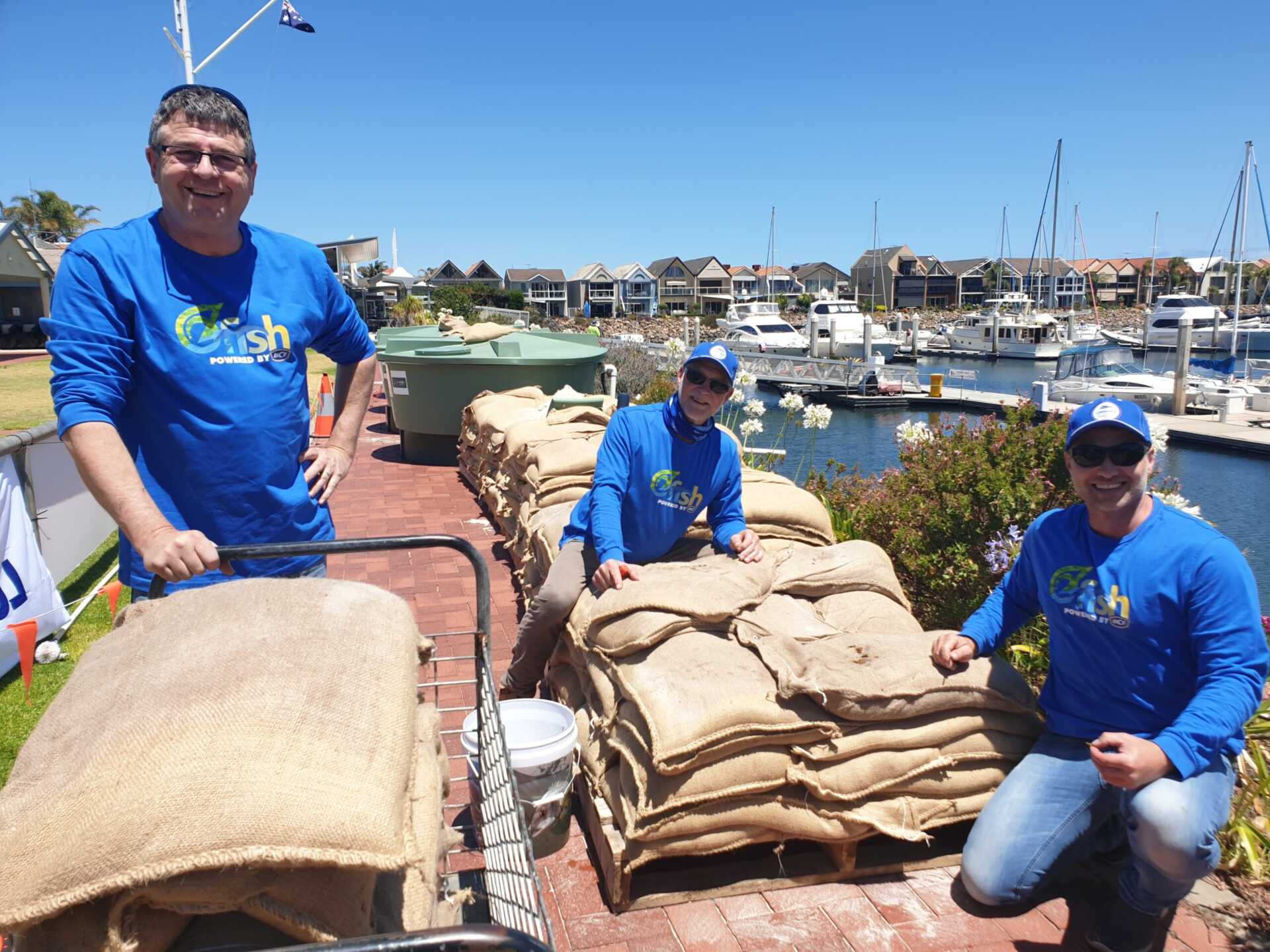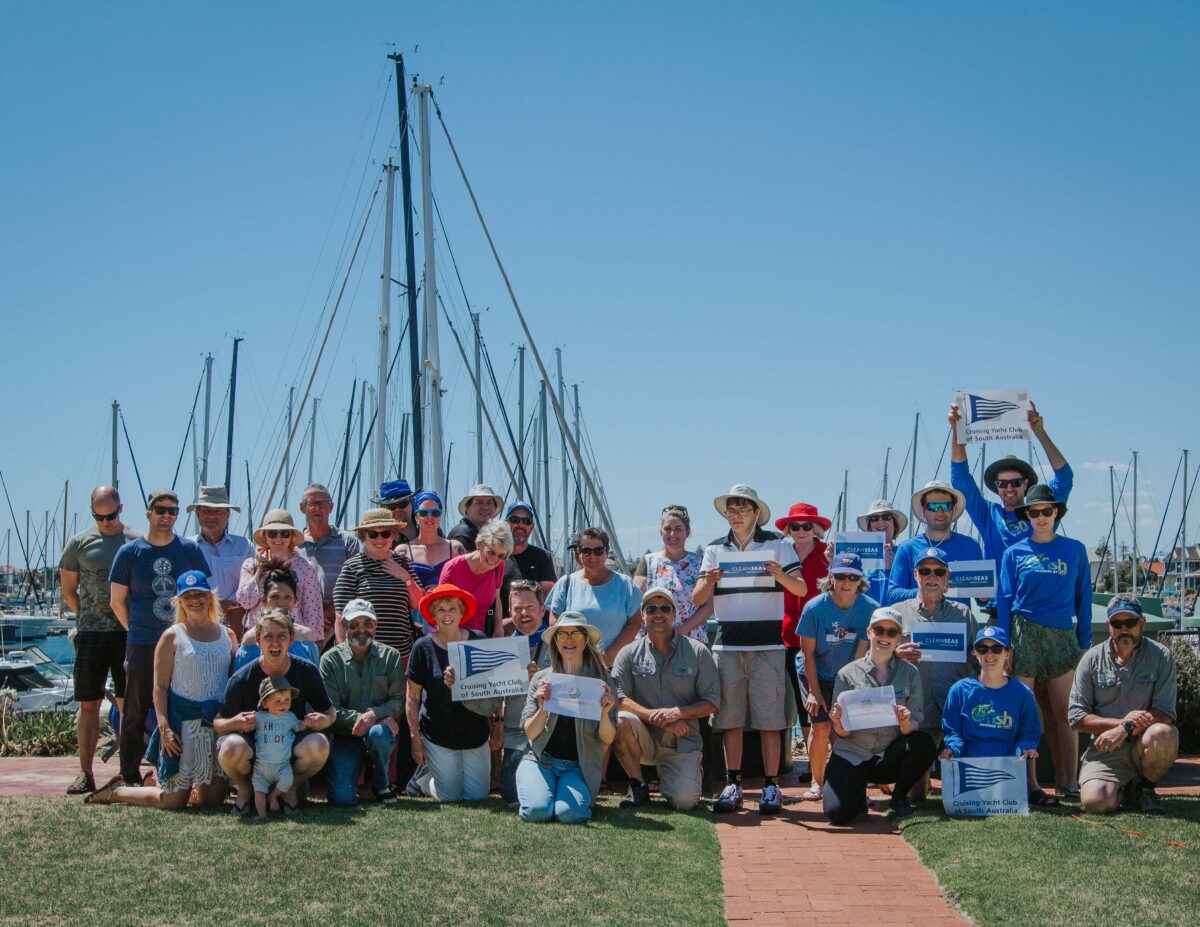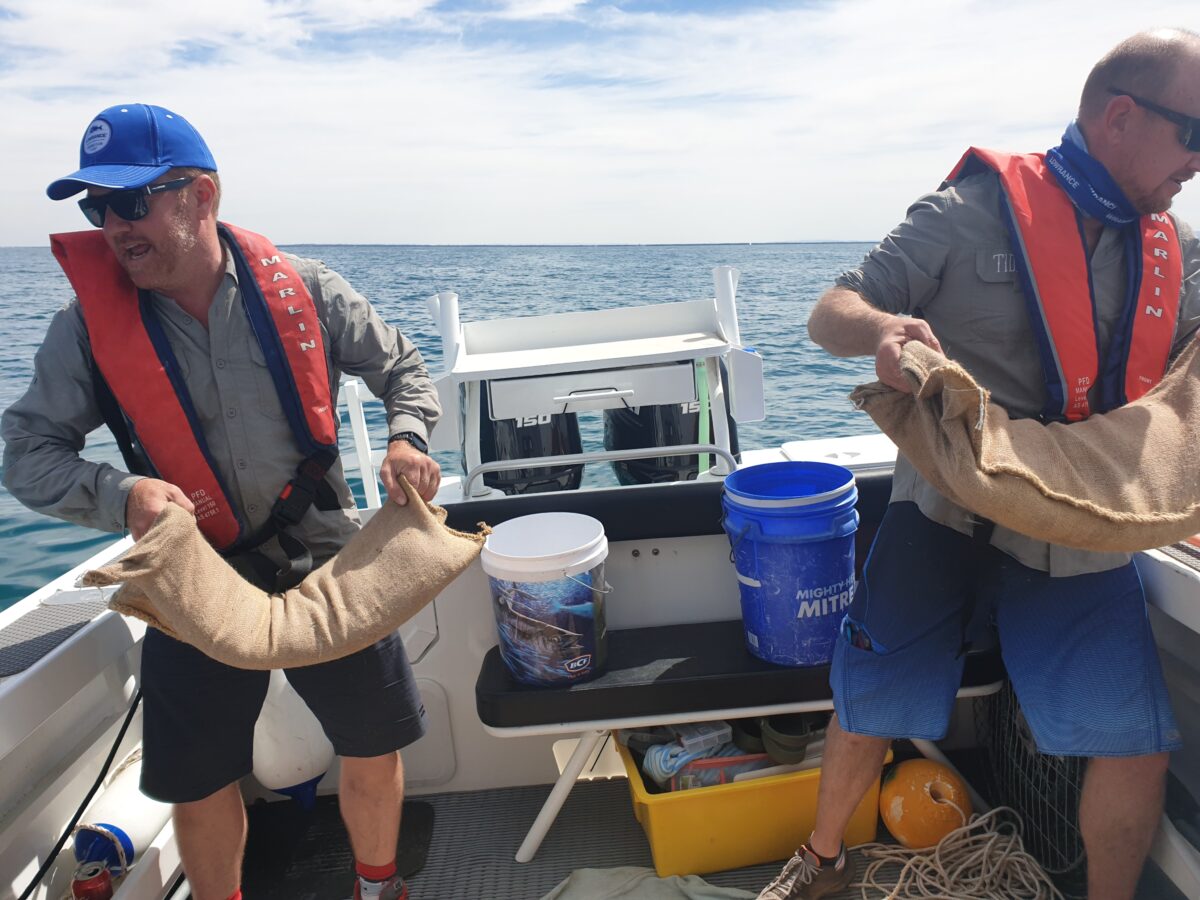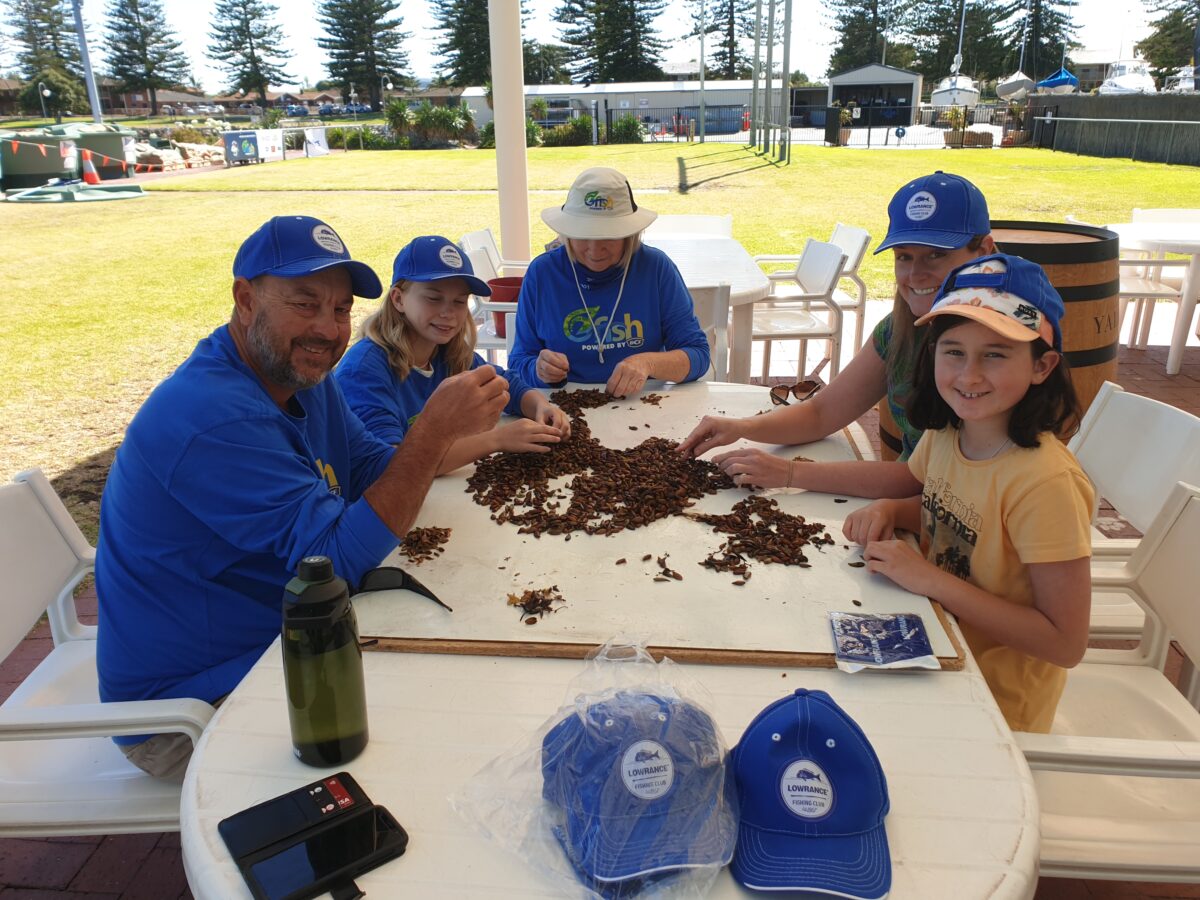Green Adelaide boosts OzFish Adelaide’s seagrass restoration initiative

A hugely successful seagrass restoration project along Adelaide’s coastal waters has shown habitat loss can be reversed through community-driven restoration and the results have the potential to turn the tide for these under threat ecosystems.
The OzFish Seeds for Snapper SA project is adding value to one of Australia’s largest seagrass restoration initiatives, already underway in WA, showing promise that it can be replicated and adapted elsewhere in Australia through community participation.
OzFish is now thrilled to have the support of Green Adelaide Landscape Board who have pledged funding to scale up the initiative in the 2021/2022 financial year after seeing the success of the initial trial.
OzFish coordinated seed collection trials where over 300 community volunteers gathered 10,000 seagrass fruits of the species Posidonia australis from metropolitan beaches from Aldinga to North Haven during the summer of 2020-2021.
The fruit was processed in saltwater tanks to produce seeds which were sown into sandbags to allow the best chance to grow into productive fish habitat upon dispersal.
OzFish Senior Program Manager for South Australia Dr Michael Sierp said “in addition to being a critical nursery for many of our favourite recreational fish species, seagrasses provide a range of benefits that contribute to improved coastal habitats including nutrient sequestration, reduction of erosion and prevention of sand movement.”
“Seagrass is the most efficient natural habitat to rehabilitate as a carbon sink for a changing climate in South Australia, reports even suggesting that it outperforms grasslands, saltmarsh, mangroves and rainforests,” Dr Sierp said.
“Restoring seagrass loss is one step in addressing the decline of our aquatic species and the industries that depend upon them.
Project partner, Dr Jason Tanner from the South Australian Research and Development Institute (SARDI), said he was thrilled to see the number of people keen to get involved in fish habitat restoration.
“It was great to have so much support from the local community and I’m looking forward to collaborating with the volunteers in next year’s Seeds for Snapper SA project,” Dr Tanner said.
Seagrass meadows vanished at an astonishing rate during the last century. Decades of degradation from seagrass harvest, sedimentation and pollution have led to the loss of one fifth of seagrass meadows in Gulf of St Vincent. Around 6000Ha can be rehabilitated.
The restoration techniques speed up the recovery time for seagrass to grow by ensuring that the seeds end up in areas researchers believe to be the most suitable. Left to natural forces, many seeds end up washed ashore or deep out to sea where they cannot grow.
The value of seagrass for the fisheries alone is estimated to be worth AUD$21,276 per hectare of seagrass, per annum (Janes et al 2020).
The 2020 trial was made possible with support from a group of corporate, government and community organisations including the Cruising Yacht Club of South Australia, the Green Adelaide Landscape Board, SARDI, Estuary Care Foundation ECF, EPA-SA, Navico Marine Electronics, BCF – Boating Camping Fishing, Clean Seas Seafood and Aquatic Biosecurity Pty Ltd.
What’s happened to the Seagrass in South Australia
Adelaide’s metropolitan waters were the site of a seagrass strip mining lease in the early 1900s where the fibres were used in men’s suits, ropes and as packing in explosives. From 1949 – 1995 seagrass was then impacted by the constant high nutrients being pumped out to Gulf St Vincent from sewerage treatment outfalls along the coast. These sewerage outfalls have since been turned inland and are tertiary treated by government using innovative techniques and transforming waste products into resources.
Several highly polluting industries in the Port River have also been shut down by government through not being able to meet water quality guidelines. However, whilst these impacts have suitably been addressed by the South Australian Government, seagrass meadows require active remediation as natural seagrass recruitment, even in the absence of pollution and storm events, it is extremely slow.







